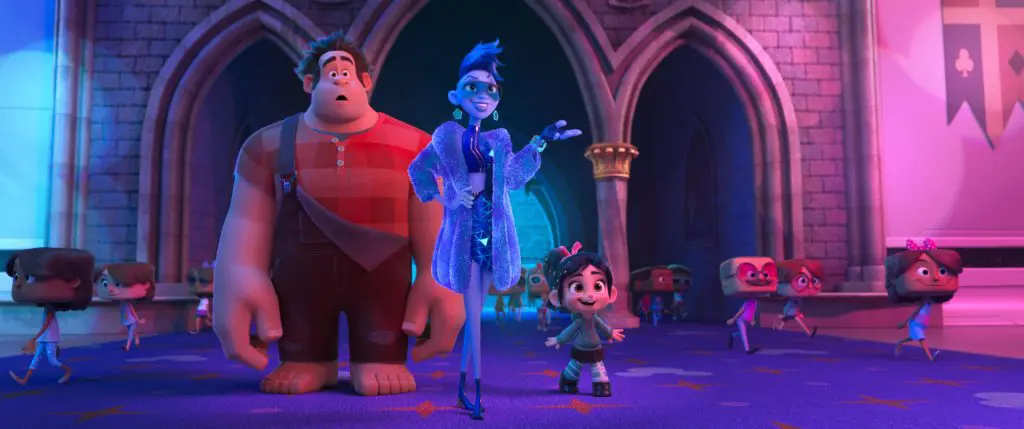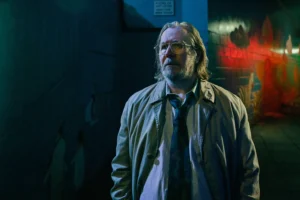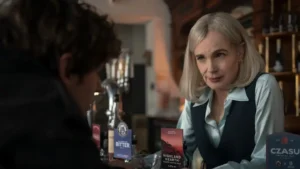Summary
Ralph Breaks the Internet ups the complexity of its metaphors and tackles complicated, heartfelt themes of friendship, resulting in a superior sequel.
After travelling to the Disney fansite Oh My Disney!, there is a scene in Ralph Breaks the Internet in which Vanellope comes face to face with the entire roster of Disney Princesses from Cinderella to Elsa. At one point during this exchange, Merida, the lead princess from Pixar’s Brave, stumbles onto the screen with her thick Scottish accent being incoherent to all around her. When Vanellope asks her fellow princesses what Merida has said, she is offhandedly told that Merida is a Pixar Disney Princess whom they never can understand and they all proceed to smile and nod towards her. While in the grand scheme of Ralph Breaks the Internet, this exchangeis nothing more than a throwaway gag, it cleverly underscores how the two Disney-owned animation studios have historically been divided.
Despite ultimately being owned by the same parent company, in the past, Pixar has been associated with innovative, creative concepts of complex ideas, while Disney Animation Studios was more reliant on nostalgia and being more conventionally appealing. Over time, however, the two studios have increasingly overlapped with Pixar beginning to delve into more risk-averse retreads (Finding Dory, Cars 3) and the latter broaching more profound themes in freshly innovative ecosystems (Zootopia, Big Hero 6). Ralph Breaks the Internet officially marks the end of this fission as the level of creativity on display and the honest examination of mature themes more than rivals that of even some of Pixar’s best entries.
This time around we trade in the novel albeit limited scope of 80’s inspired 8-bit arcade games from 2012’s Wreck It Ralph for the expansive, wild world of the Internet. After the last film’s events, we find that Ralph (John C. Reilly) and Vanellope (Sarah Silverman) are as close as ever, however, Vanellope is experiencing an existential crisis as she is finding the predictability of her candy-themed racing cart game “Sugar Rush” unfulfilling. Ralph by comparison has never been happier with the stable routine of his life and wants to help Vanellope get a taste of unpredictability to appease his best friend. Of course, knowing Ralph, despite his best intentions he remains cursed with his uncontrollable penchant for making things worse rather than fixing them, unlike his video game counterpart Fix-It-Felix (Jack McBrayer).
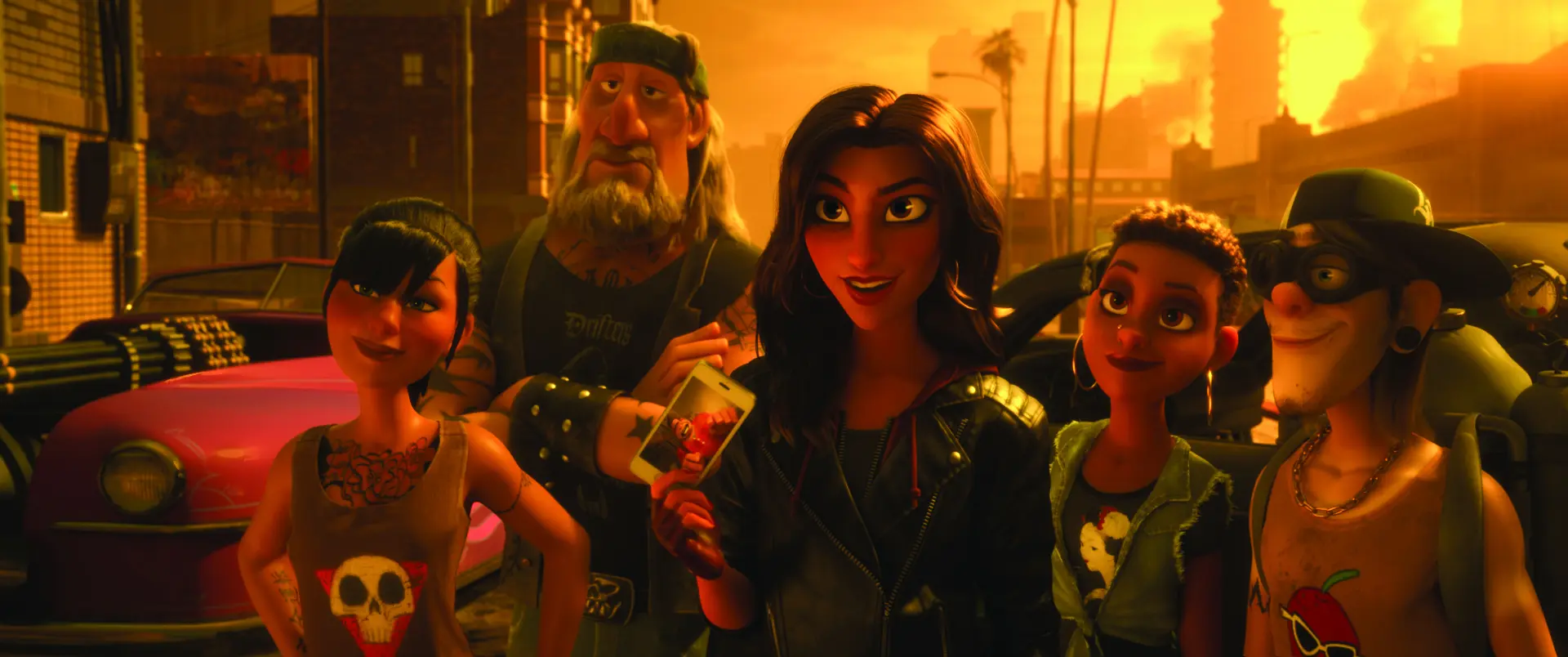
The next day Ralph creates a secret bonus track in an attempt to spice up Vanellope’s game, however, a series of complications leads to the steering wheel for the arcade game breaking, putting “Sugar Rush” at risk of being shut down for good. Upon learning that a new steering wheel to repair the game can be acquired from a place called “eBay,” the two embark on a journey to find the wheel and save “Sugar Rush” from being closed. In the process, Ralph and Vanellope encounter a wide assortment of worlds and characters, with Vanellope being strongly drawn to fearless race car driver Shank (Gal Gadot) and the unpredictably chaotic world of the online game “Slaughter Race.” As the two venture deeper into the Internet, we witness Ralph and Vanellope having polar opposite reactions to the mayhem around them, as Ralph is repelled by the constant danger while Vanellope can’t get enough of it.
While Wreck It Ralph explored themes of bullying and finding your place in the world, these ideas, while touching and enjoyable, were somewhat tired and hardly a novelty for an animated film to examine. It’s nothing new at this point to tackle complicated themes in an animated medium targeted at children, however, Ralph Breaks the Internet analyzes what friendship means to such an honest and emotional extent that it avoids feeling like more of the same. The idea of what it takes to be in an authentic friendship and how it goes beyond being utilitarian and requires each party to place the needs of the other above their own is remarkably compelling and unlike any recent animated film. All the more brilliant as it is told entirely in metaphor. Who would have thought that the comfortable predictability of outdated arcade games vs. cutting edge modern online games would be the perfect metaphor for someone feeling as though they are in a rut and wanting to chase after a dream job.
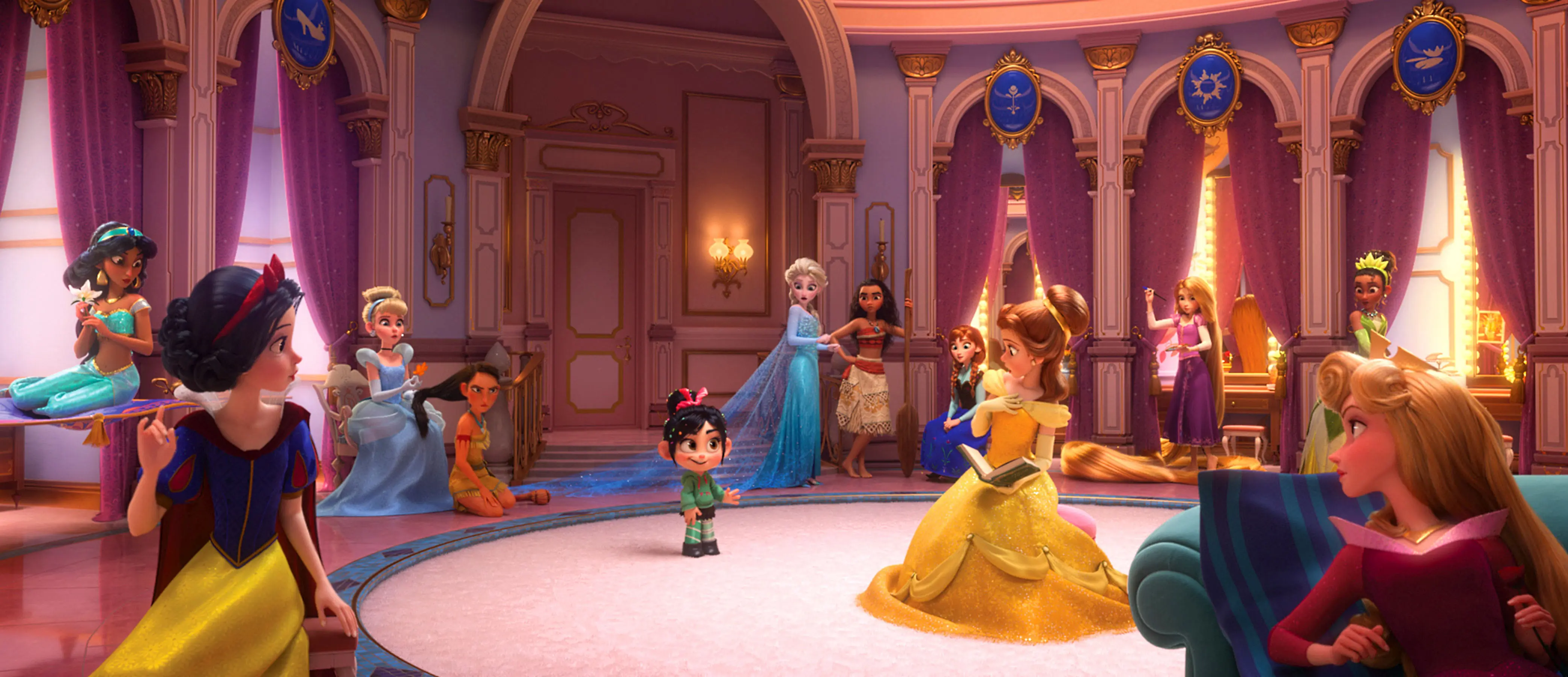
Ralph Breaks the Internet also brilliantly conceptualizes the vastness of the Internet in a manner that rivals Pixar’s Inside Out in terms of shear ingenuity. The film never lost its way with what could have been an overly abstract and complicated depiction of how the world-wide web works and instead kept the story concise in a way that enhanced the core themes of wanting spontaneity in life, all while presenting a visually appealing journey that is sure to entertain younger viewers. The Internet is also remarkably balanced in its representation as Ralph Breaks the Internet isn’t shy about the dark side that accompanies all this innovation at an individual’s fingertips. This darkness is most apparent when Ralph falls prey to reading copious negative online comments about himself as well as the dark web enabling users to acquire dangerous and illegal objects, which fuels much of the film’s concluding act.
As I briefly alluded to with the Disney Princesses, Ralph Breaks the Internet ups the references from its predecessor as the audience is now treated not only to mentions of a plethora of websites like eBay and Pinterest, but also every Disney property under the sun, from Marvel to Star Wars. The high volume of references never distracts or keeps the film from being a succinct and focused tale, as they aren’t merely thrown in for cheap laughs. Rather many of the gags offer cutting remarks, with the Disney Princesses Vanellope encounters at a Disney fansite being particularly clever in the way it pokes fun at the various tropes associated with Disney’s past.
Ralph Breaks the Internet succeeds in doing everything a sequel should do by offering a more complex story than the first and continuing Disney Animation Studios’ trend of rivalling fellow studio Pixar in terms of creativity and thoughtfulness. It is not to be missed for anyone who enjoyed the first film. As an aside, don’t forget to stay until the credits finish rolling, as the film offers two of the best post-credit scenes in recent memory.

